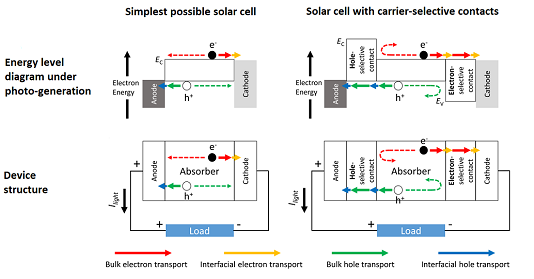Gabriel J Man
Uppsala University, Sweden
Title: A framework for critically assessing the ideality of carrier-selective contacts for solar cells
Biography
Biography: Gabriel J Man
Abstract
The simplest solar cell consists of a light absorber, sandwiched between two metals with dissimilar work functions. Carrier-selective contacts (CSC’s), which are ubiquitous in modern solar cells, are added to improve the electrical performance. The proper design and implementation of a CSC is crucial, as the performance, lifetime, and/or cost reduction of a solar cell can be hampered by a single interface or layer. A framework, consisting of eight core requirements, was developed from first-principles to evaluate the effectiveness of a given CSC. The framework includes some requirements which are well-recognized, such as the need for appropriate band offsets, and some requirements which are not well-recognized at the moment, such as the need for effective valence/conduction band density of states matching between the absorber and CSC. The application of the framework to multiple silicon-based CSC’s revealed the difficulties of effectively designing and implementing a CSC. Three metal oxide/silicon heterojunctions - titanium dioxide/silicon (TiO2/Si), zinc oxide/silicon (ZnO/Si), and tin dioxide/silicon (SnO2/Si) - initially expected to yield similar electron-selective contacts (ESC’s) were instead discovered to be widely different in terms of their suitability as an ESC.


